While every place has its own unique features that make it distinct, Hawaii’s history and geography set it apart from the rest of the United States and, in some cases, the rest of the world. Here are some interesting facts that you might not have known about Hawaii.
1. Mauna Kea is the tallest peak in the world
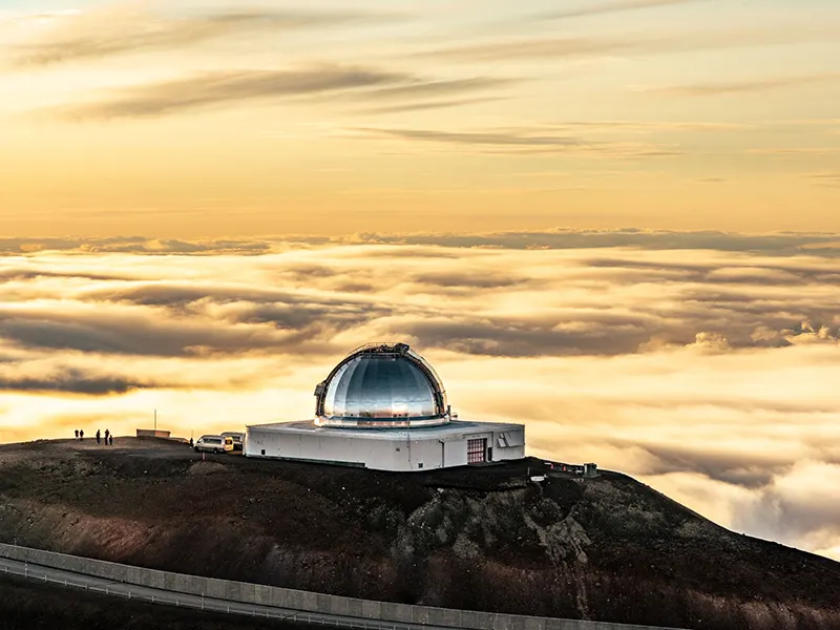
While Mt. Everest is generally known to be the tallest peak in the world due to its elevation (8,848 meters tall), that measurement is taken from sea level to the very top of the mountain. When measured from sea level to peak, Mauna Kea stands at a measly 4,207 meters tall, not even half of Everest.
Mauna Kea, however, is partially submerged: the base of the mountain is actually below sea level at the sea floor. Thus, when measured from base to peak, Mauna Kea measures 10,210 meters, making it the tallest mountain in the world. The elevation of the summit as well as its latitude make it an amazing place to go stargazing or watch the sunset.
2. Honolulu is the most isolated city of its size in the world
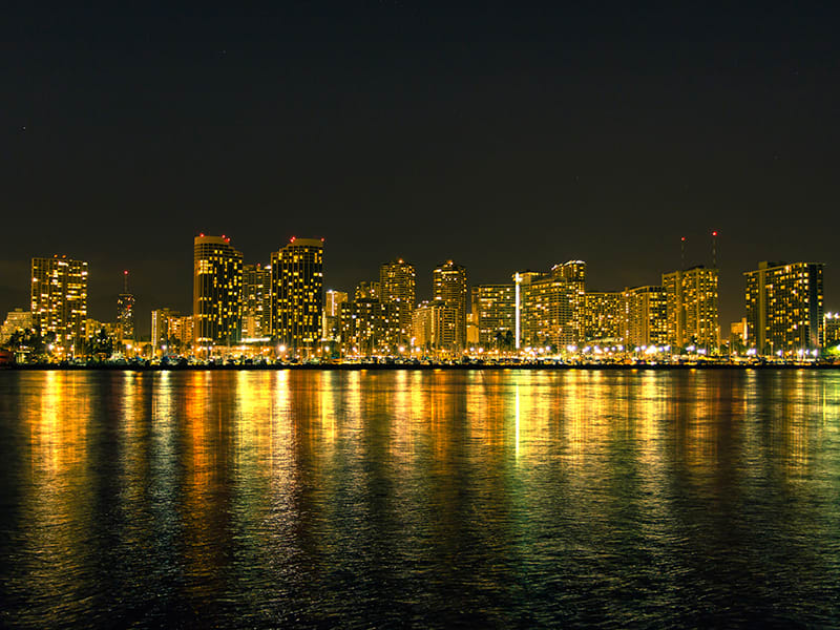
With a little under a million residents, the city of Honolulu doesn’t place very high on the list of most populous cities in the U.S., much less the world. However, given the Hawaiian Islands’ isolated position in the middle of the Pacific Ocean, it’s a wonder that so many people congregate here. For reference, the closest major city to Honolulu is San Francisco, which is 2,400 miles away—that’s the same distance as traveling the entire U.S. continent, coast to coast.
3. ‘Iolani Palace is the only official royal residence in the U.S., and had electricity years before the White House
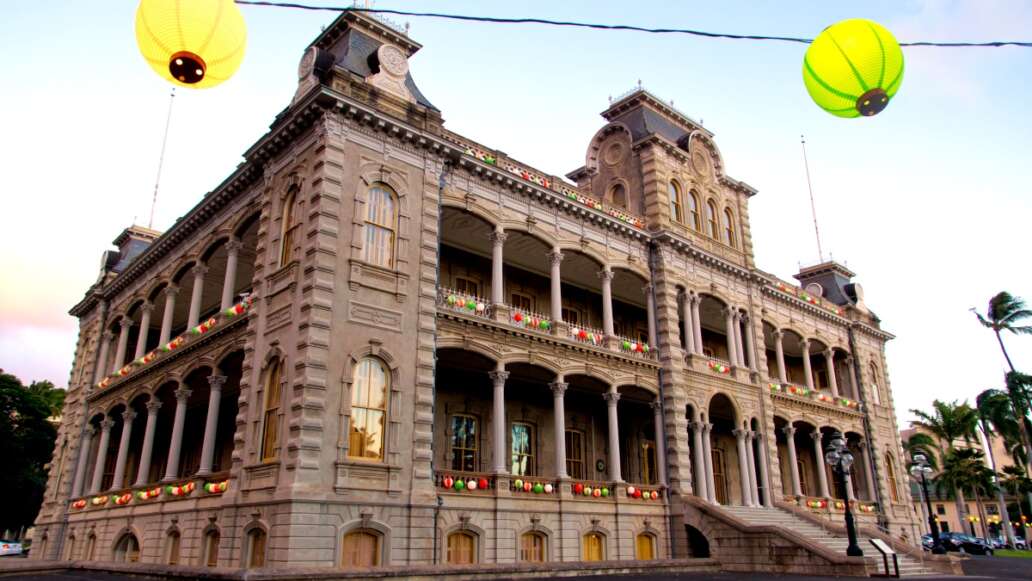
The United States of America is proud of its separation from the British monarchy in 1776, which is probably why there aren’t weren’t any palaces or royal buildings built anywhere on American soil. That is, until the U.S. annexed Hawaii, which has a long and proud history of ruling monarchs.
The current ‘Iolani Palace was completed by King David Kalakaua in 1882 and featured electric lights, indoor plumbing, and a telephone. For the record, the White House didn’t have electrical wiring installed until 1891, and even then the president and his wife were too afraid to use them.
4. Hawaii is the only U.S. state that grows coffee
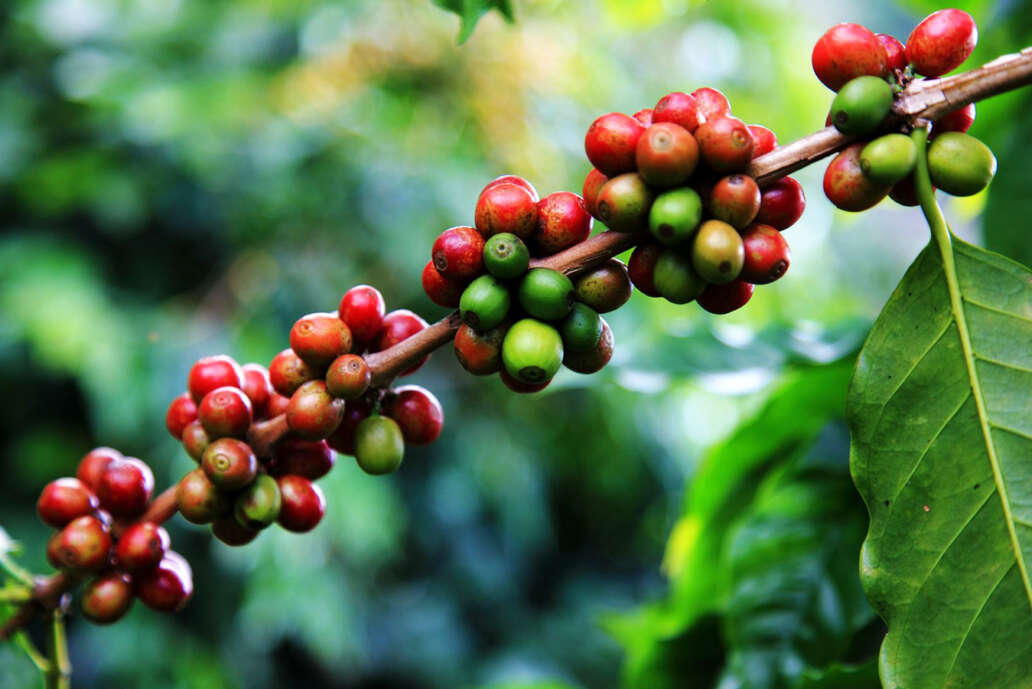
Hawaii’s climate and geography has allowed species that can’t be found on the continent to thrive in the islands. It’s one of the reasons why Hawaii has such a long history of plantation work, growing sugarcane, pineapple, macadamia nuts, banana, sandalwood, and coffee. The volcanic soil, tropical climate, and consistent year-round weather of the Hawaiian Islands make them ideal for growing crops of all kinds.
In particular, Kailua-Kona on the Big Island is the perfect place to grow coffee for several reasons. The volcanic soil, gently sloping hills, light rainfall, and modest sunshine of Kona create the ideal conditions for growing coffee, and has birthed its own variety of coffee: Kona coffee, one of the most expensive in the world.
If you’re on the Big Island, consider taking a tour of a Kona coffee farm—some of them even give free samples!
5. Mount Waialeale is the wettest place in the world
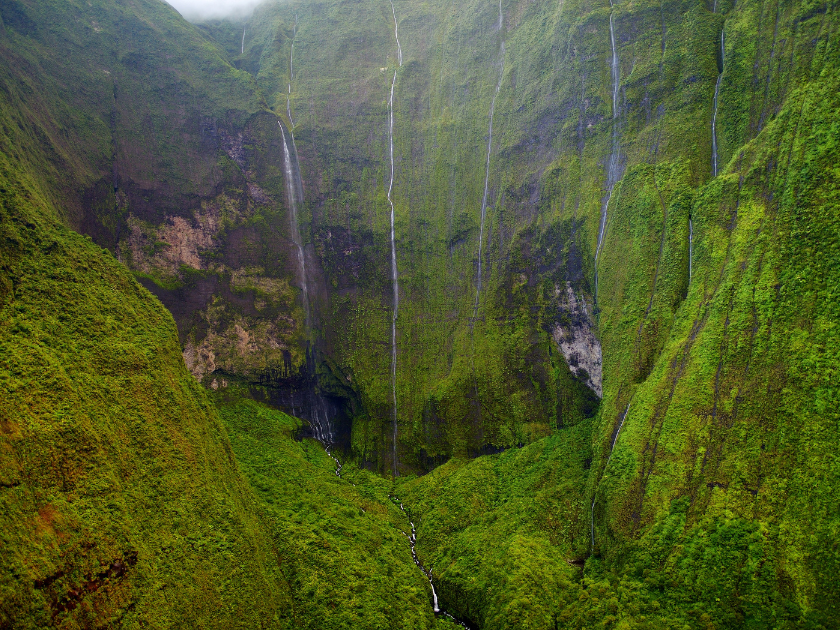
Although Kawaikini is the highest peak on Kauai, the nearby Mt. Waialeale is much more famous as being the wettest place in the world. Getting an average yearly rainfall of over 450 inches, the mountain, named “rippling water” creates giant waterfalls and large bogs where rare plant species thrive. One reason for this is that the cool, gentle tradewinds that the islands are famous for blow in from the northeast—since Kauai is the northeasternmost island in the Hawaiian chain, it means that any rain clouds that blow in from the Pacific hit Kauai first.
Also, while Waialeale is tall at over 1,500 meters, it isn’t so high (like Haleakala or Mauna Kea) to tower over the rainclouds, allowing precipitation to collect at its peak. While other places in the world might get more rainfall at specific points in time or have historically been wetter, Mount Waialeale gets to keep its title for having consistently high rainfall throughout the past few decades.
6. The islands of Molokai and Lanai have no stop lights and only few stop signs
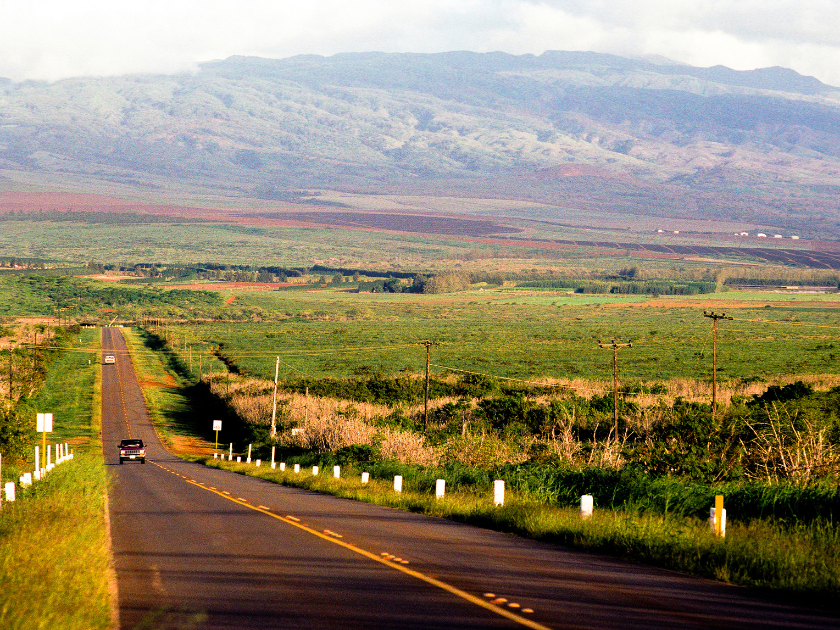
Two of the smaller islands in the Hawaiian chain, Molokai and Lanai see much fewer people coming to visit or move in. Molokai, known as “the Friendly Isle,” is well known for being home of the Kalaupapa peninsula, having a small-town atmosphere throughout the island, and being excellent hunting ground for axis deer. Molokai also has a population of just over 7,000 people, most of which agree a stop light is completely unnecessary—not just because of the lack of traffic, but because it would spoil the small-town aesthetic of Kaunakakai, the largest population center on the island.
Lanai is known as “the Pineapple Isle” due to being home of the world’s largest pineapple plantation. The island has merely 3,000 residents, a portion of which are employees at the Four Seasons resort. Most of the “roads” are unmarked dirt pathways as well, making a four-wheel-drive vehicle necessary for anyone who wants to explore the island, and also making the idea of a potential stop light completely absurd.
7. Parker Ranch is the Big Island’s largest ranch, and once was the largest in the U.S.
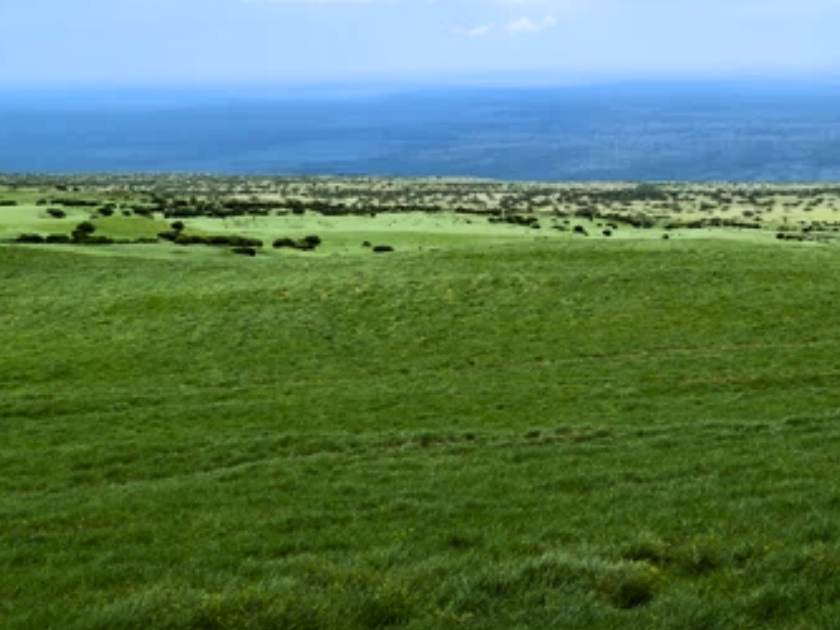
Many visitors to Hawaii are surprised by how big ranching is in the islands. In fact, ranching is a long-standing tradition in Hawaii that rose out of necessity: cattle, brought to the islands as a gift, were overrunning the forests and trampling native plants. To find a solution, Kamehameha III invited three Mexican vaqueros from California to wrangle the now-wild cattle. As such, paniolos (Hawaiian cowboy) became a part of Hawaiian culture beginning in the early 19th century, directly descended from the Mexican practice of cattle rearing.
Parker Ranch was the first ranch to be built in the Hawaiian islands, founded in 1847 (three years before California became a state). The ranch itself spans about 250,000 acres on the Big Island, making it the largest in all of Hawaii.
8. Kilauea is the most active volcano in the world
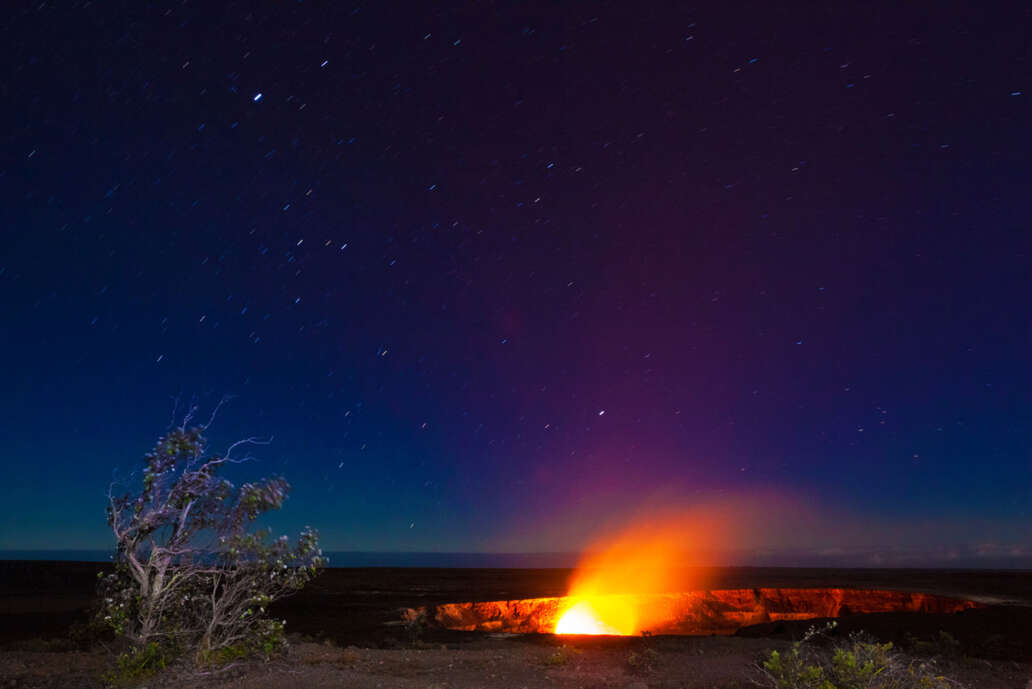
Referred to as just “the volcano” by residents of Hawaii, Kilauea is the newest volcano in the Hawaiian Island chain, which was created as the Pacific tectonic plate shifted northwest over a volcanic hotspot. This same hotspot is now creating fresh land on the south side of the Big Island, spewing from Halemaumau Crater and running down into the ocean.
Despite it’s youth (or perhaps because of it), Kilauea currently emits the most lava of all the active volcanoes in the world. Eruptions have been continuous since 1983, making Volcanoes National Park on the Big Island the must-visit destination for anyone who wants to see active lava flows.
9. Macadamia nuts don’t come from Hawaii
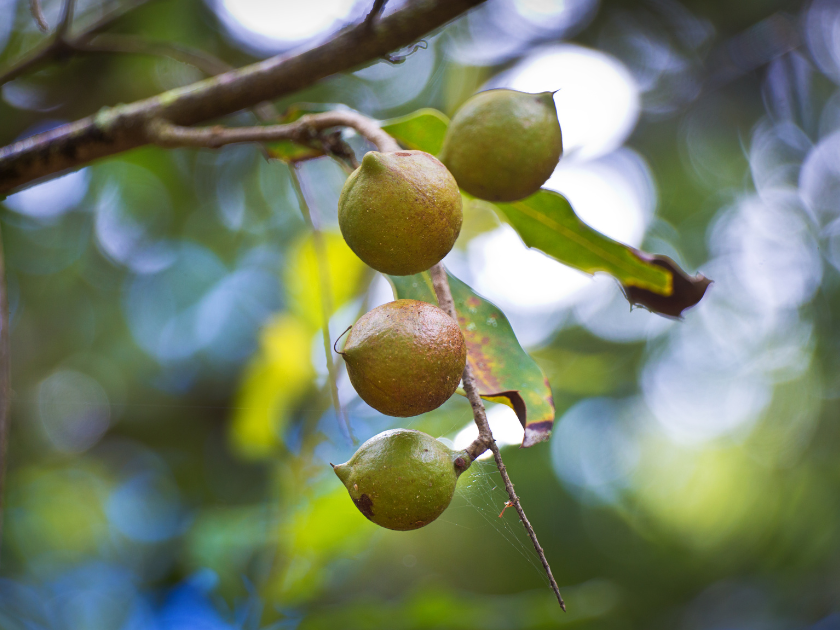
You read that right: Hawaii isn’t the original home of the famous macadamia nut. The original plant is indigenous to Australia and was named after the famous Australian figure John Macadam.
The tree was only introduced to Hawaii in 1882 as a windbreak for sugarcane fields, not being commercially produced until decades later. Today, Hawaii holds a spot in the top 3 macadamia producers of the world, along with Australia and South Africa, and is best known for its cultivation techniques.
10. Hawaii is the only U.S. state where the sun passes directly overhead
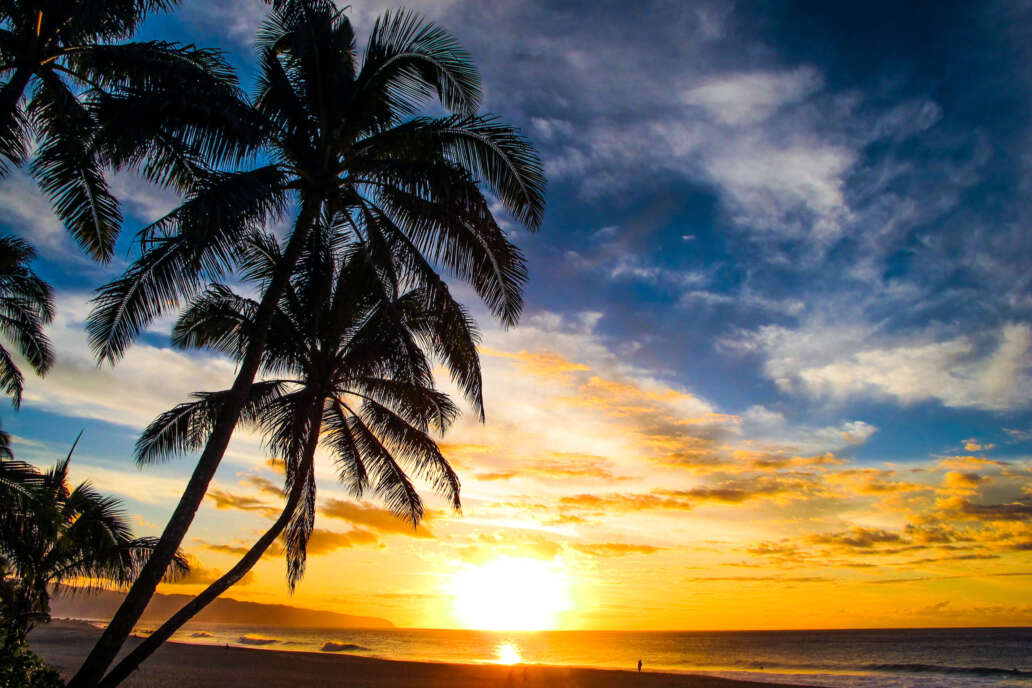
“Noon” is pretty easily defined by most: 12 p.m., right in the middle of the day. A “solar noon,” however, isn’t defined by the clock. Instead, it’s understood to be the time of day when the sun reaches its highest point, or zenith, which is dependent on the season and location of the observer.
If you’re living north of the Tropic of Cancer (U.S., Europe, East Asia, etc.), your sun will actually be located slightly south of you during a solar noon—likewise, the sun will be slightly north for observers south of the Tropic of Capricorn (Australia, South Africa, Argentina, etc.). Hawaii, however, is the closest state of the U.S. to the equator, meaning at specific times in the year, the sun is directly overhead.
This is most noticeable when looking at shadows: an object like a telephone pole that stands straight up will seem to not have a shadow at all. This phenomenon is known locally as a “Lahaina noon,” where the sun passes directly overhead, and occurs once in May and again in July.
There’s our list! Hopefully you’ve learned something new by reading this far—if so, tell us in the comments!
Jason
Having grown up in Honolulu, Jason writes for HawaiiActivities to help share the beauty of the islands with visitors.


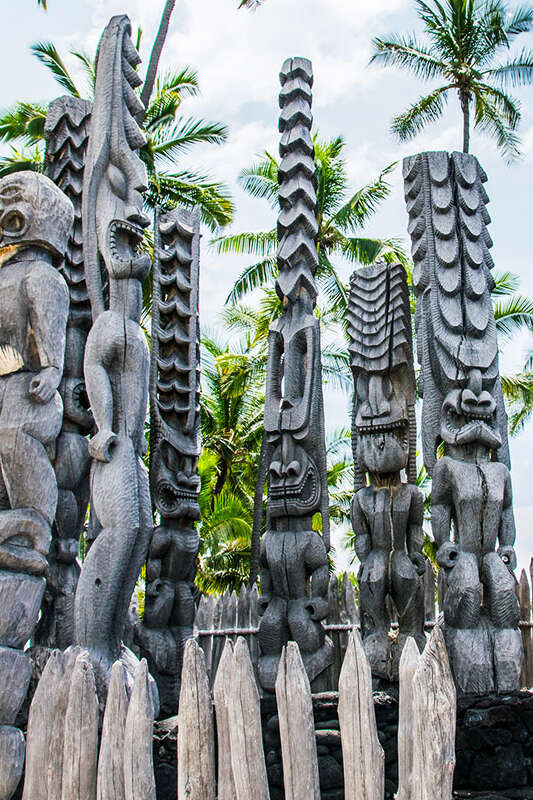
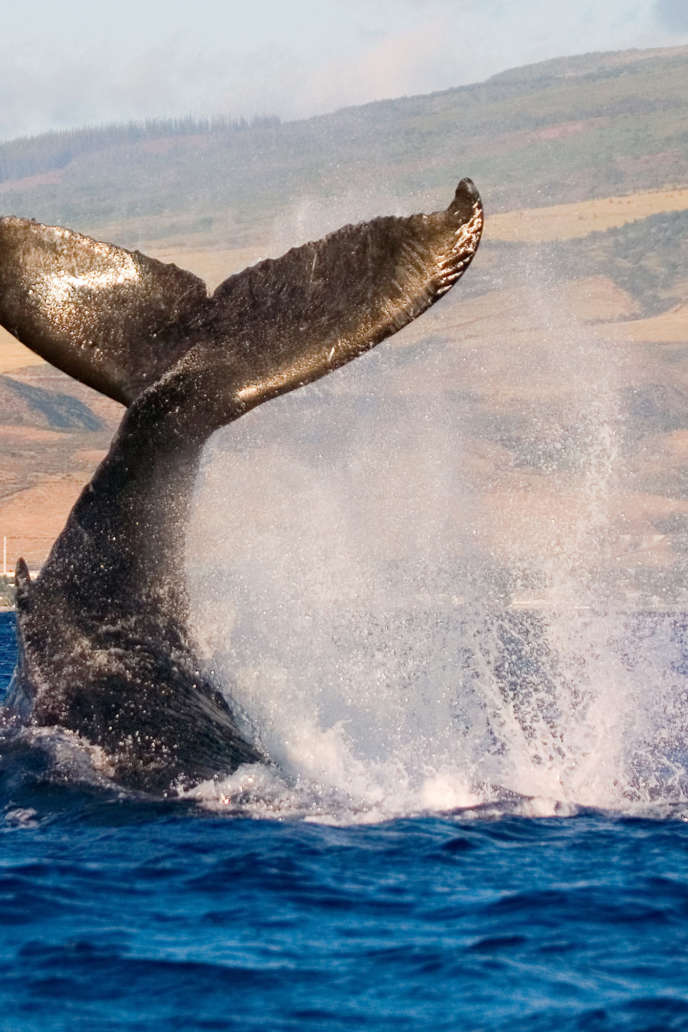
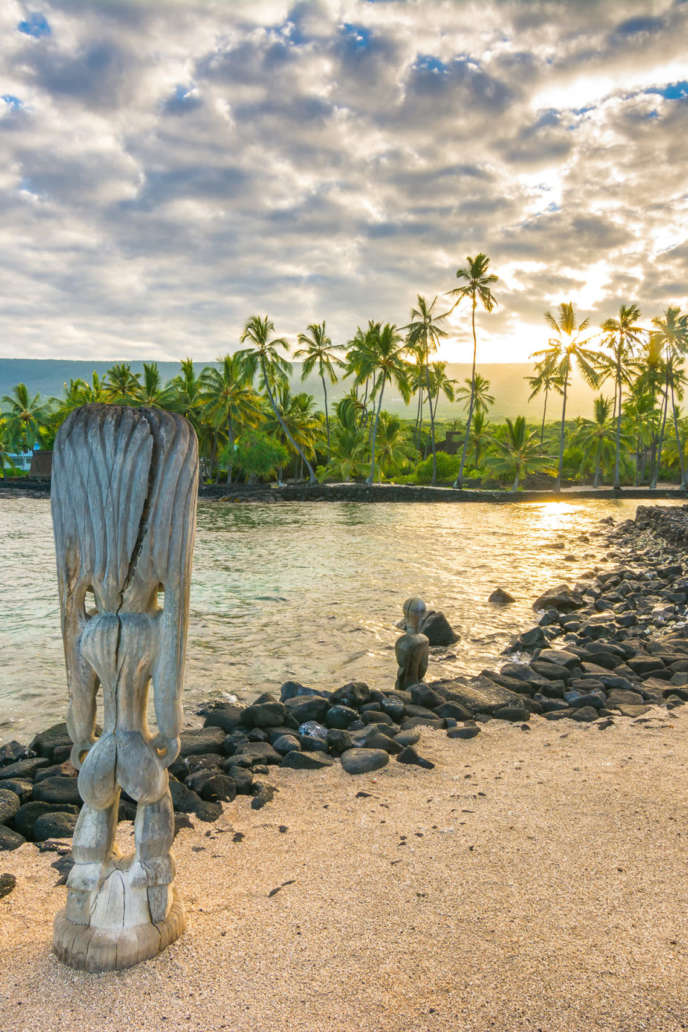
this site was really helpful to me.👍😉
thank you for this site I really like it👍
OMG! This site was really helpful I can’t believe that Molokai doesn’t have any stoplights
Is this really you icespice
Was relly helpfull for my state report at school so thnxxxxxxx alot.
I like hawaii
Wow, thanks to this site I’ve gotten some ideas on things unique to Hawaii. I’m putting together a live show called SB19 Hawaii Show Live and will be featuring things that are unique to Hawaii. It will be monthly show starting 1/11/25 which features flower lei. Thanks again for your work.
this was kind of helpful thank u
This is realllllllllly helpful🤓
was really helpful thank you